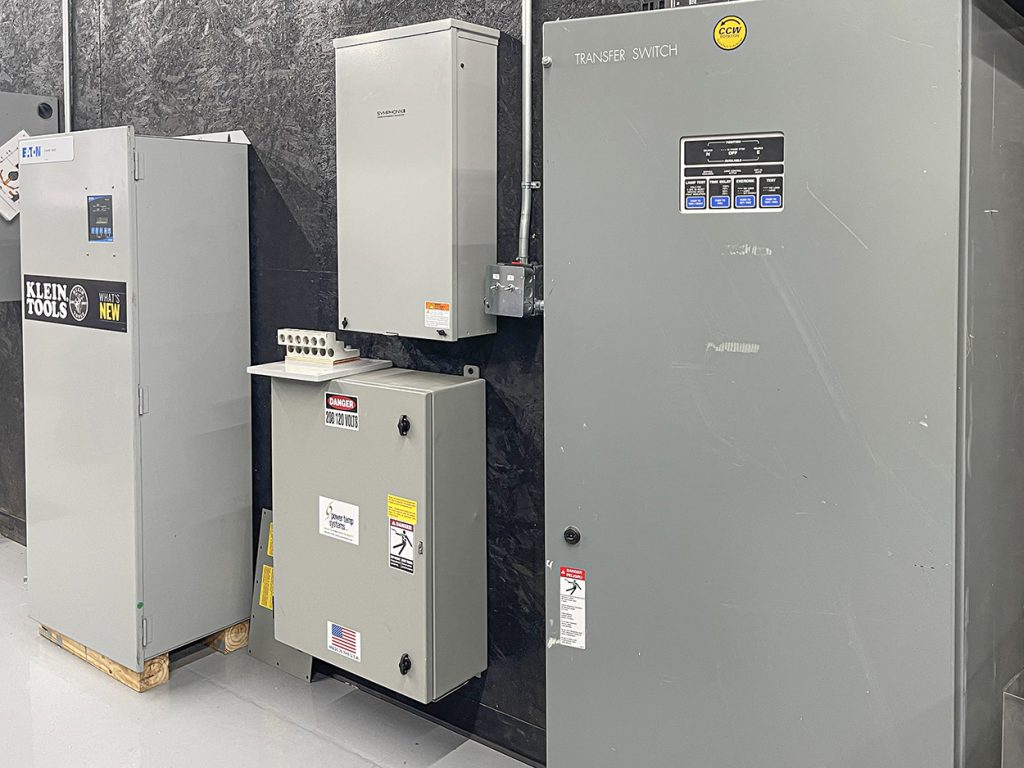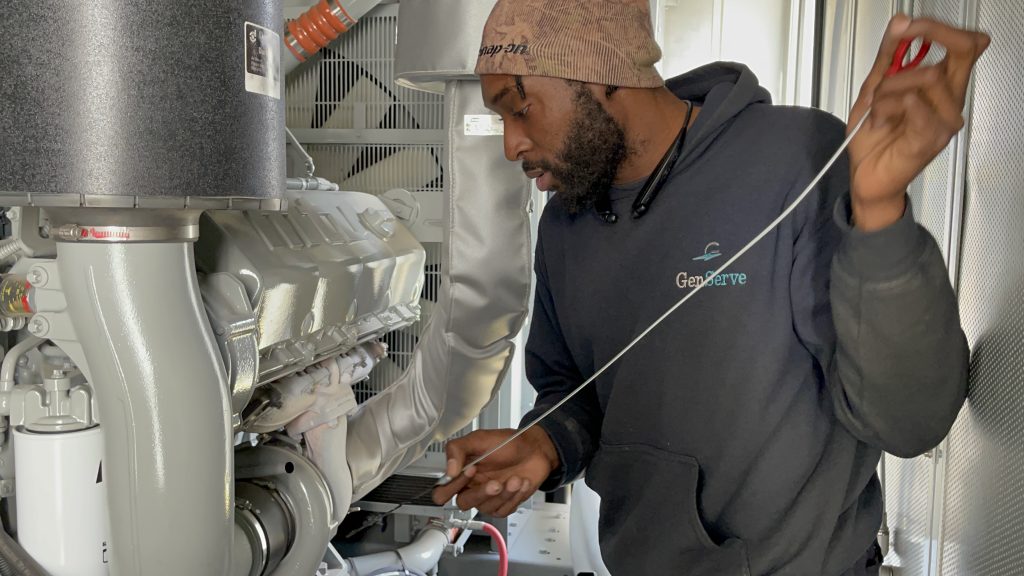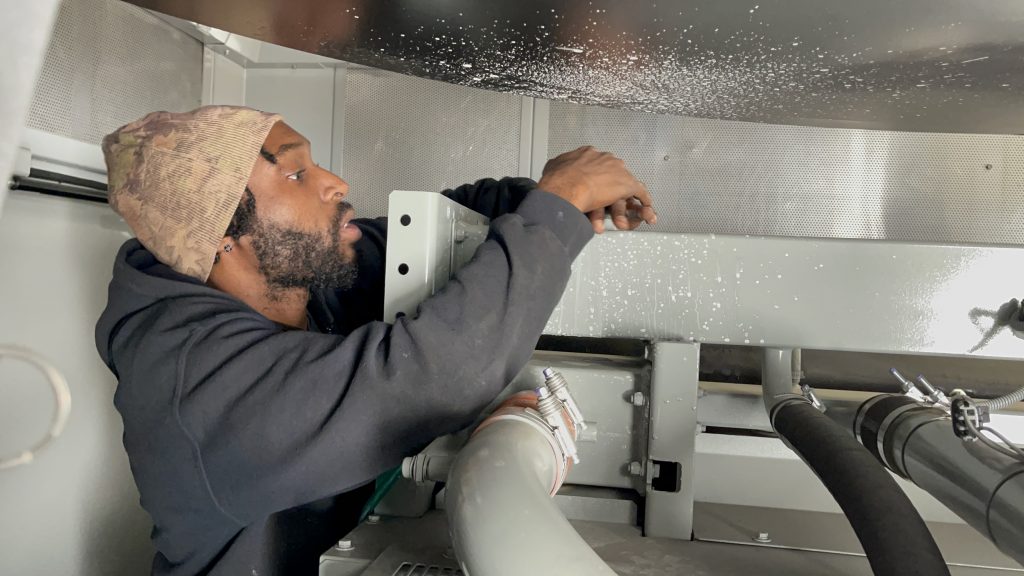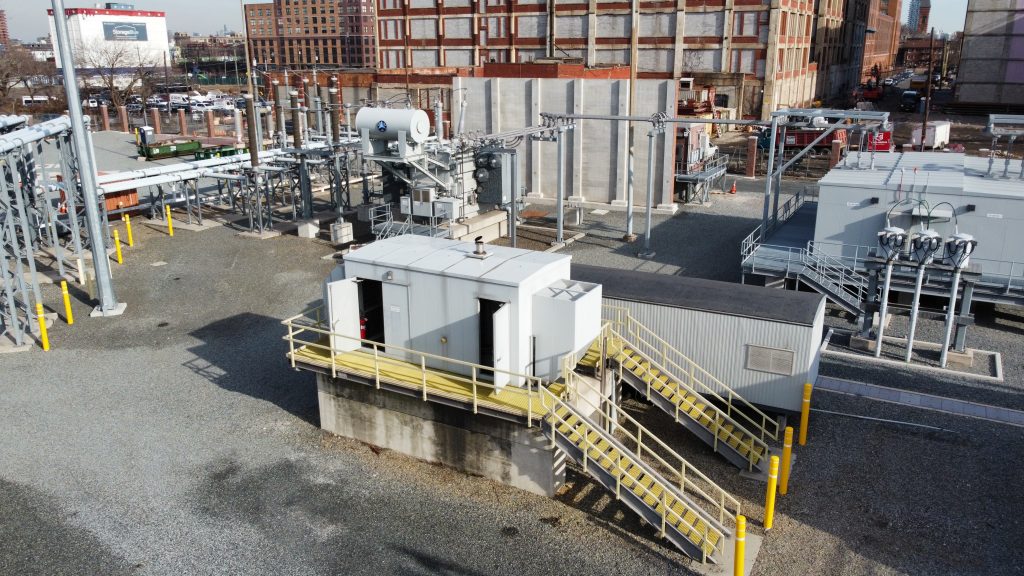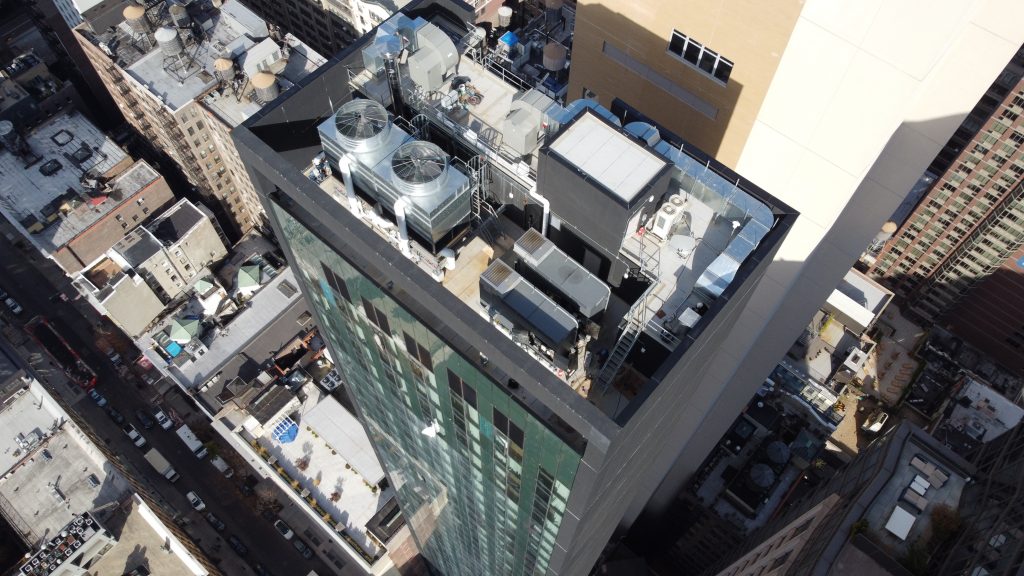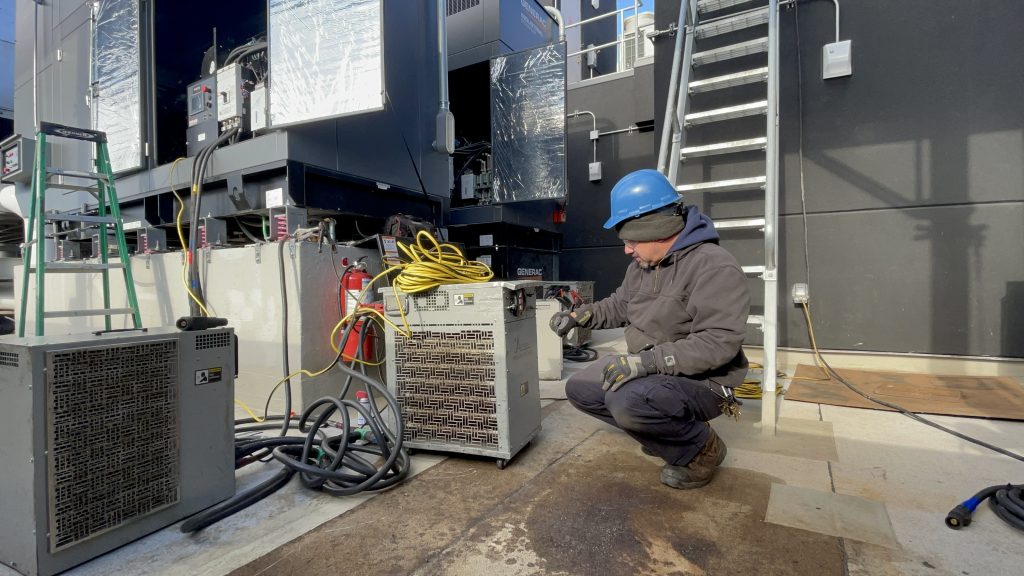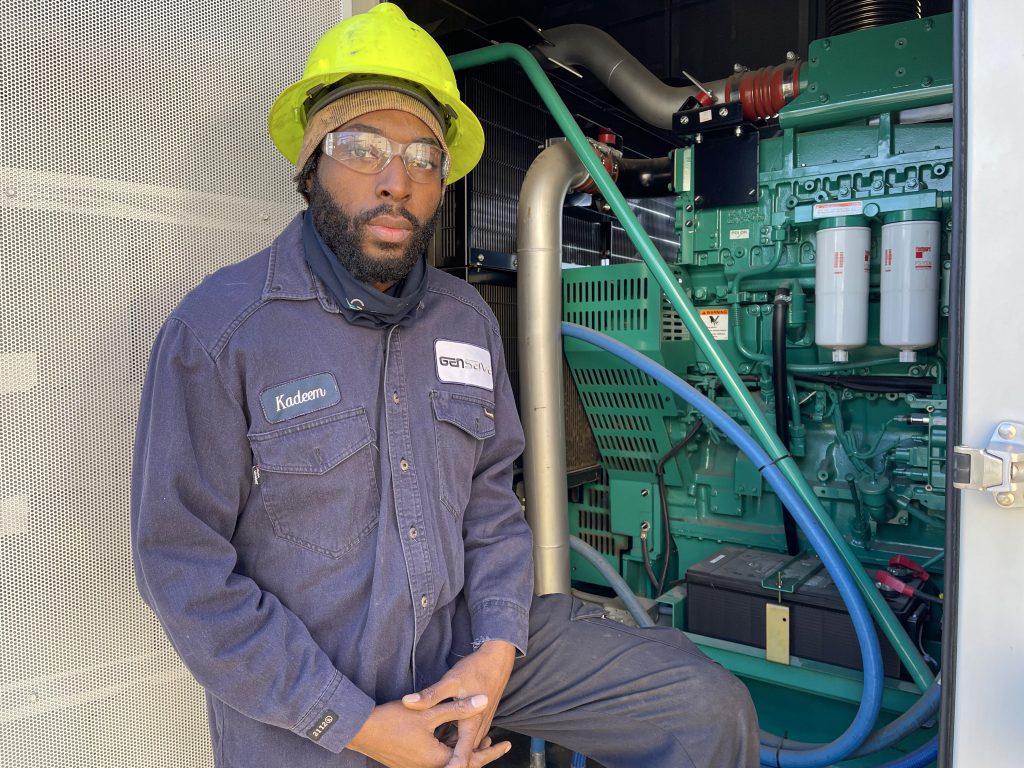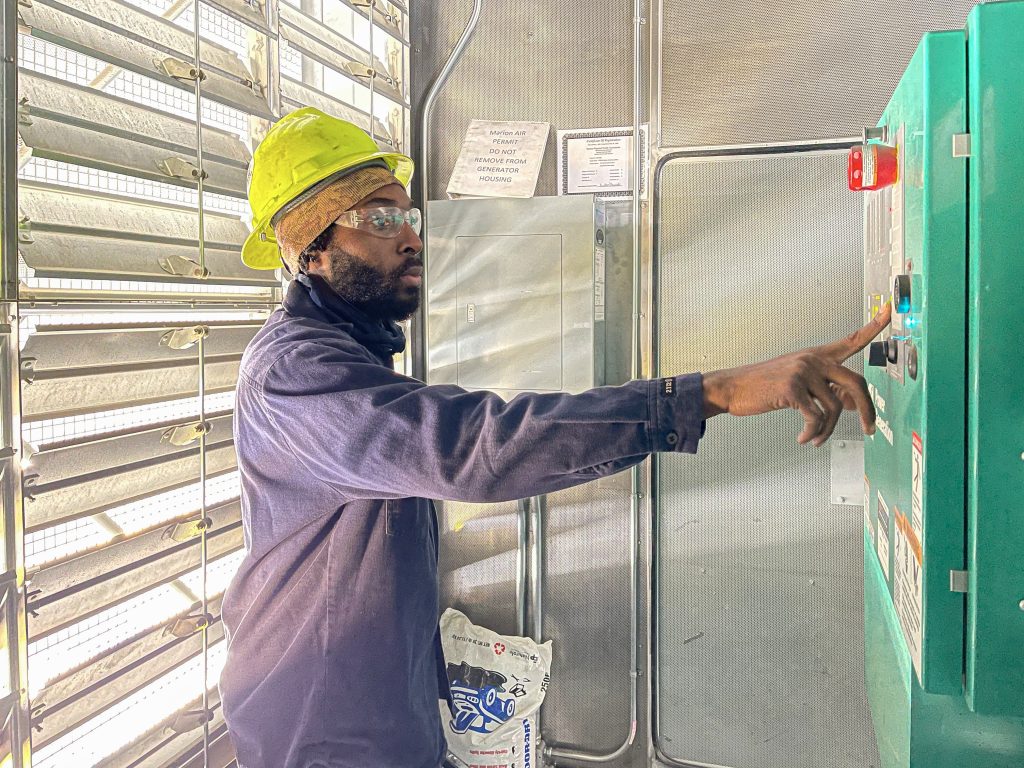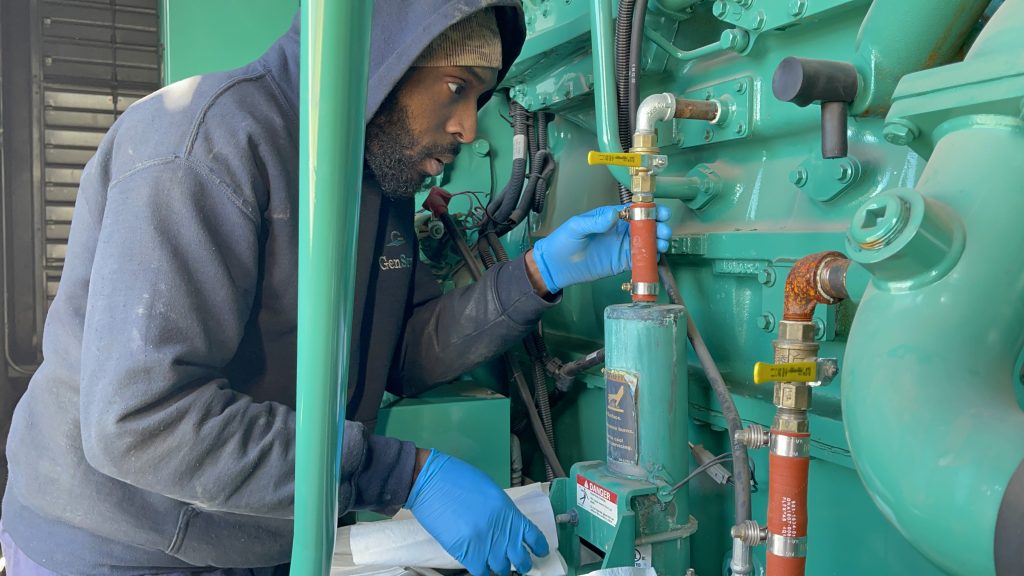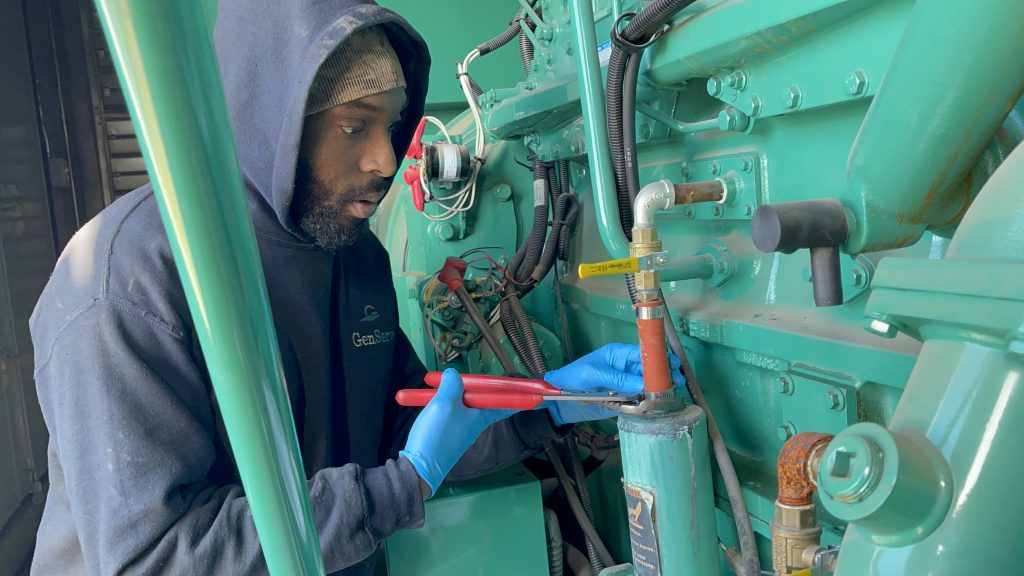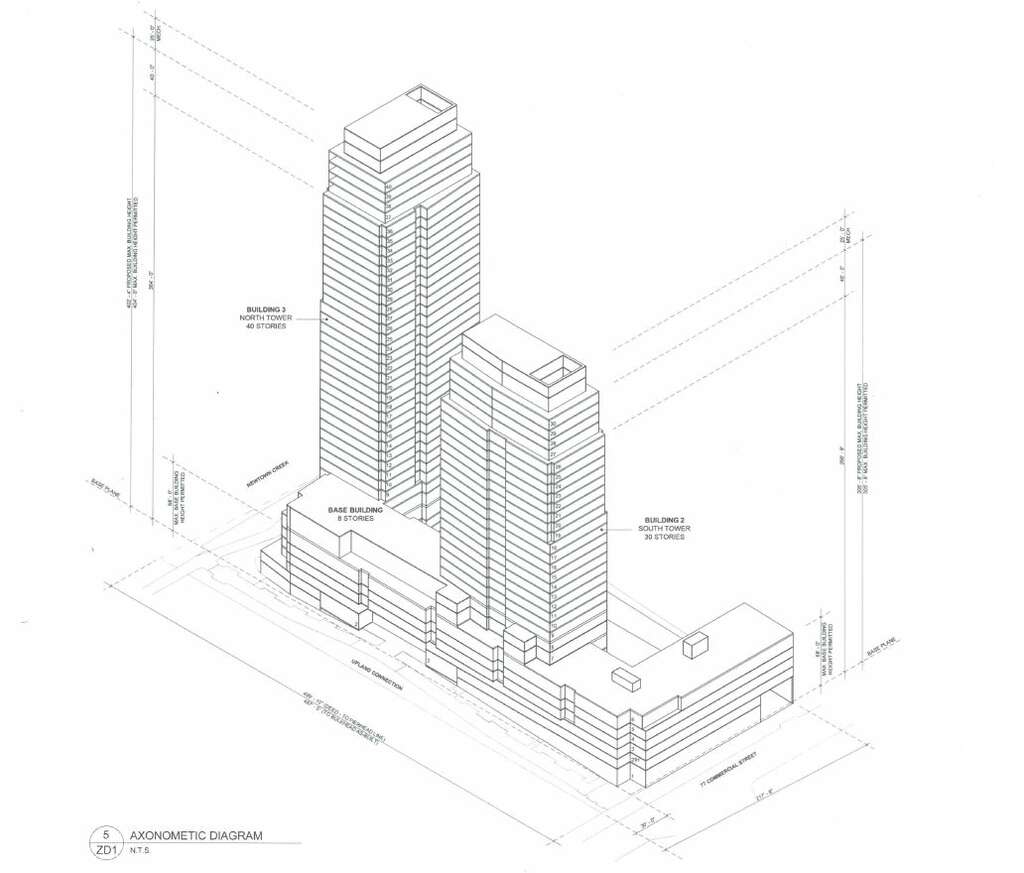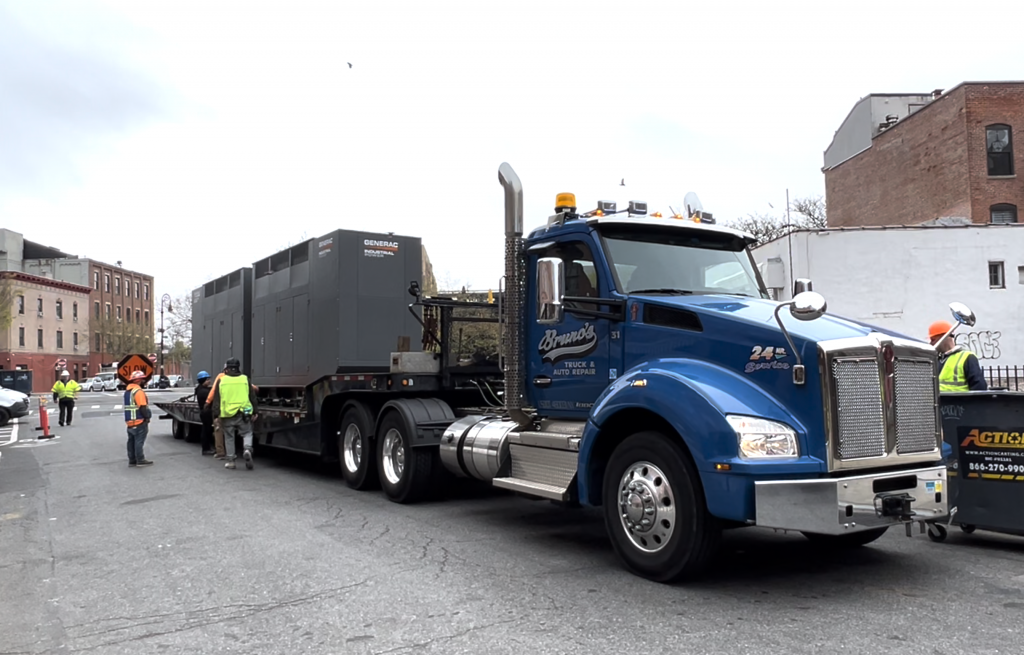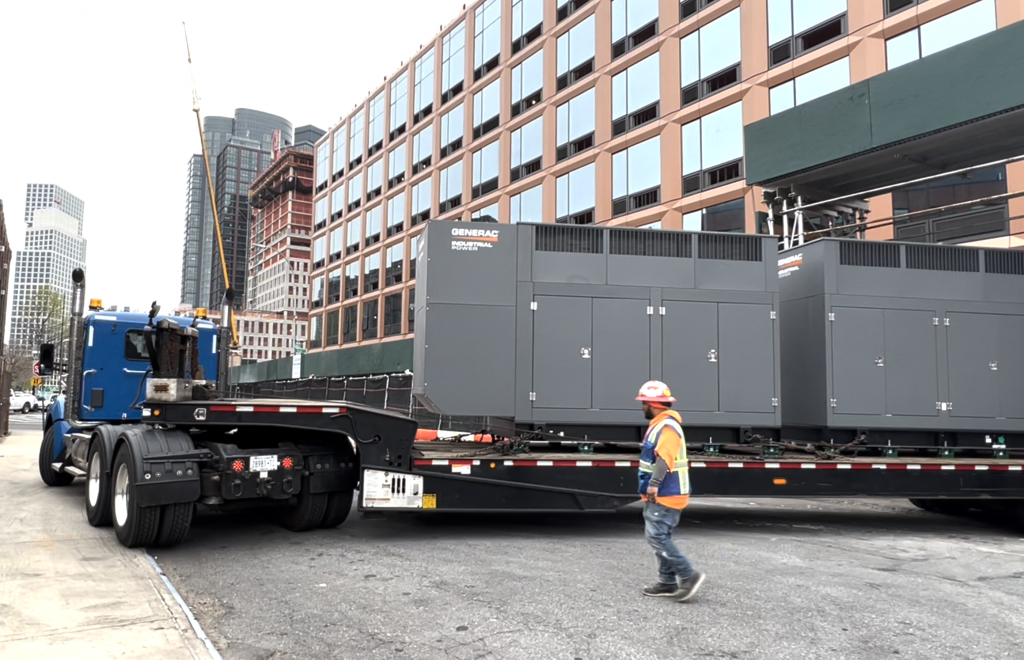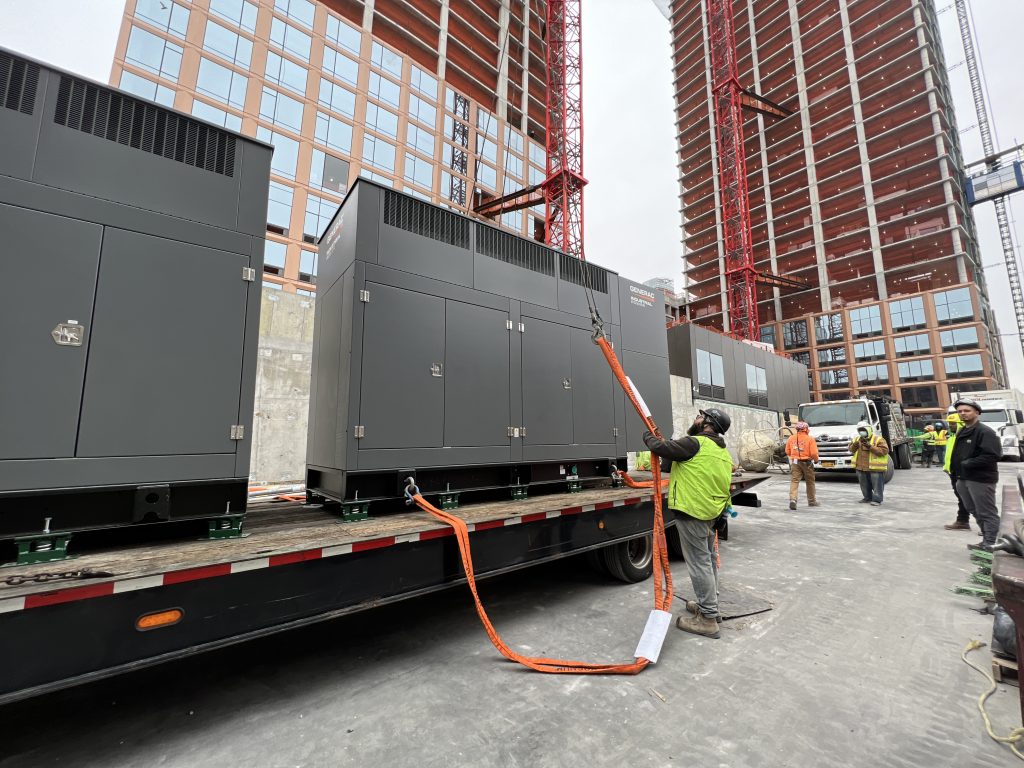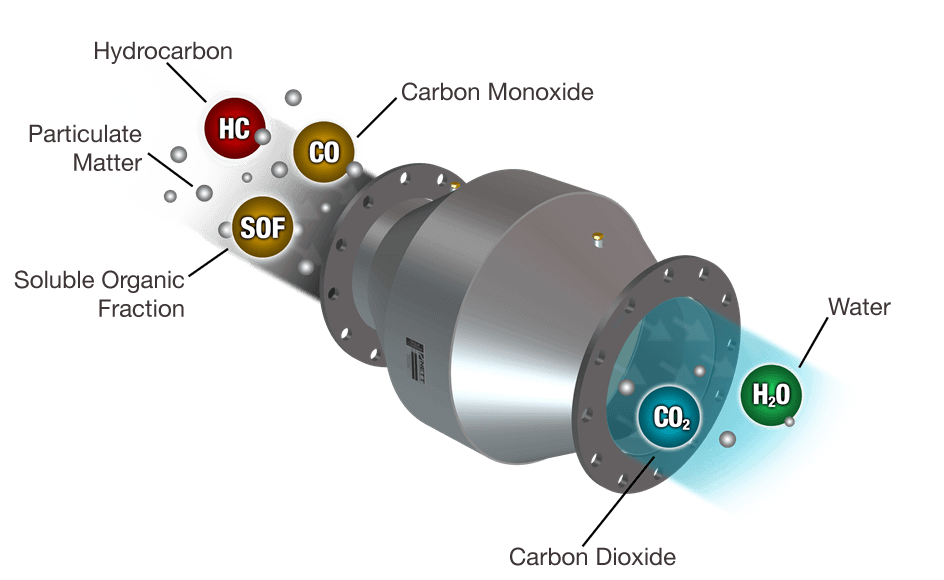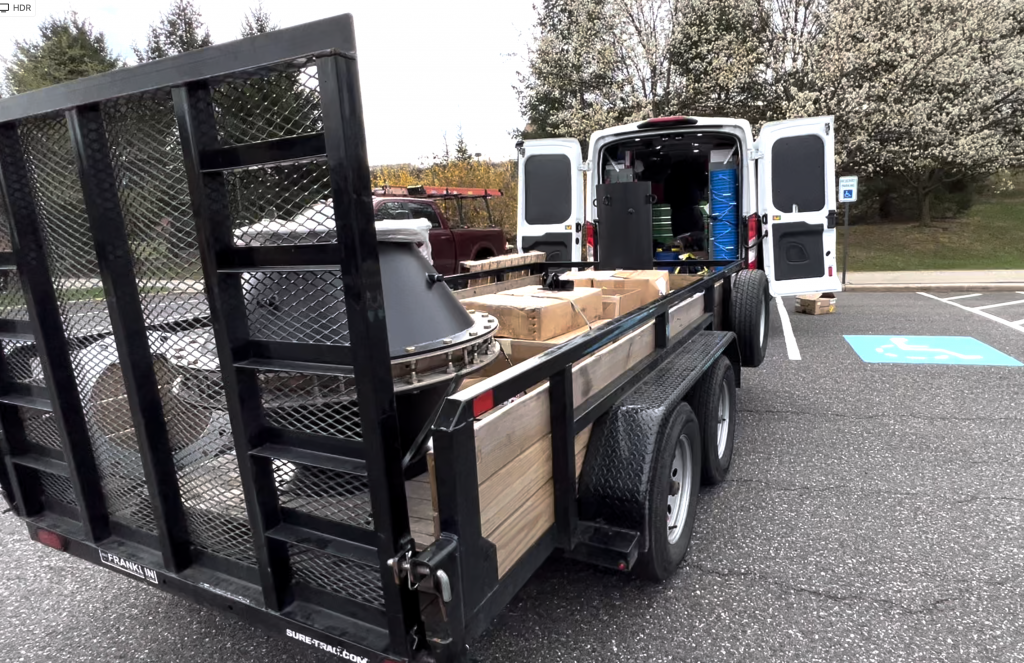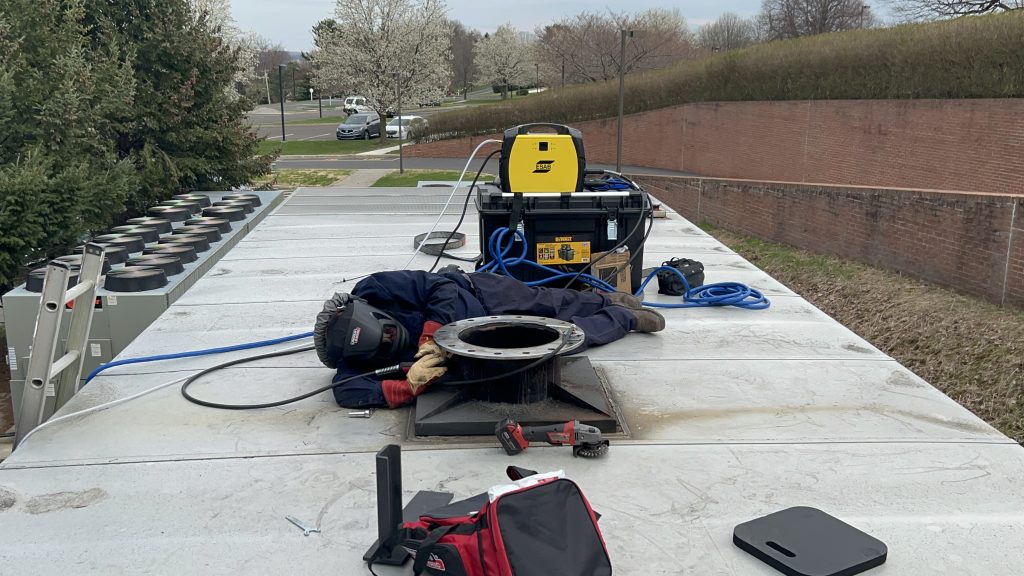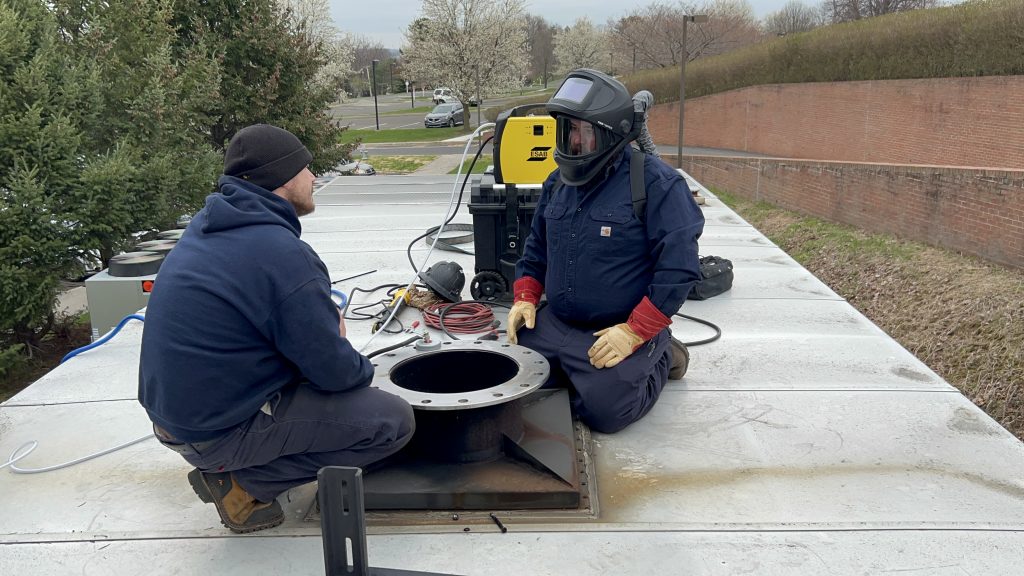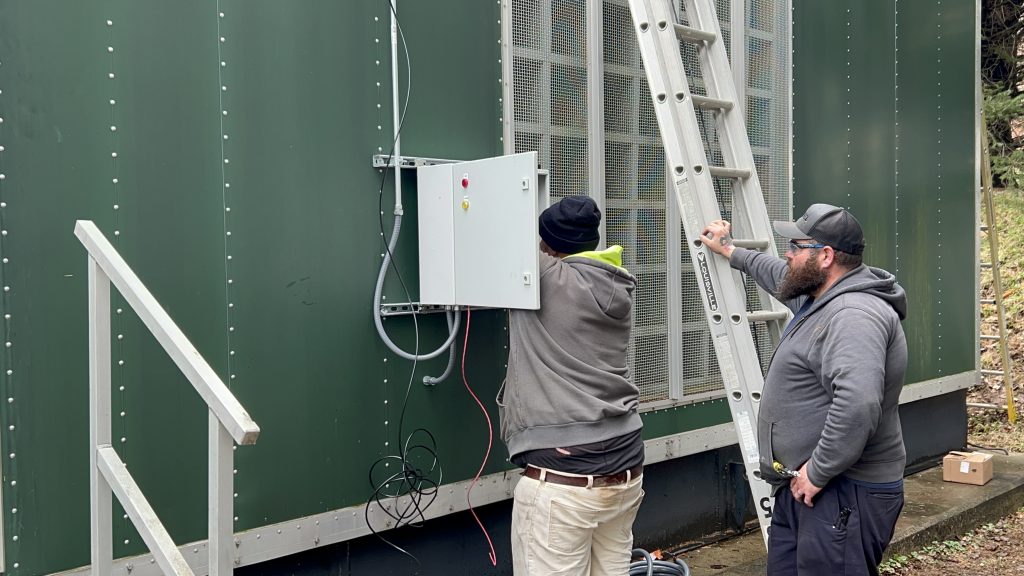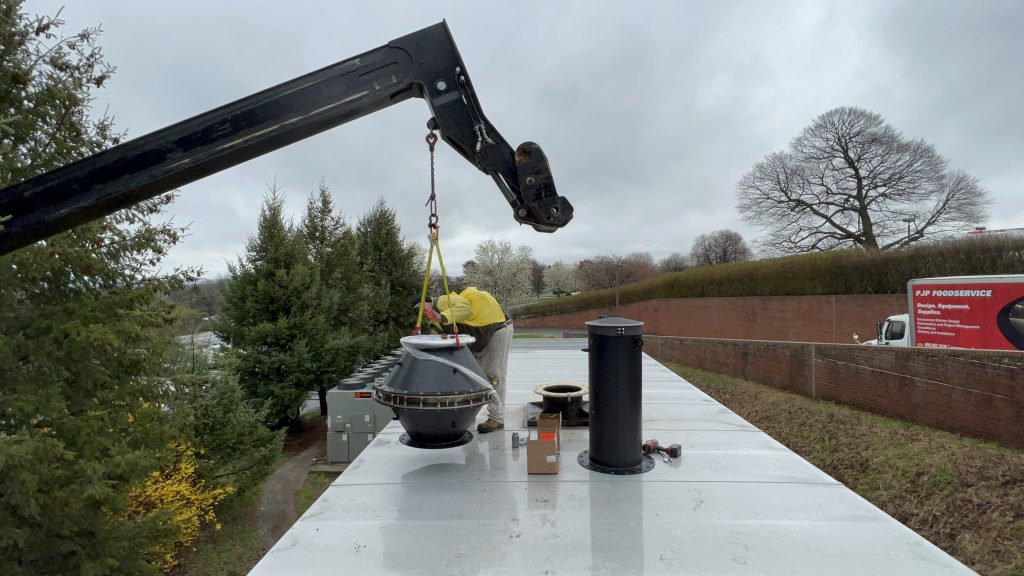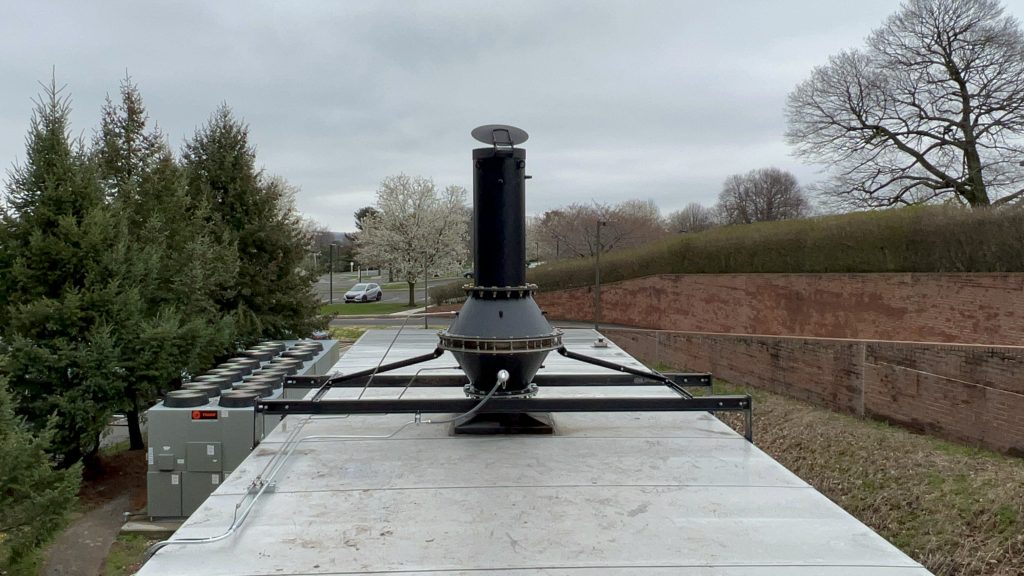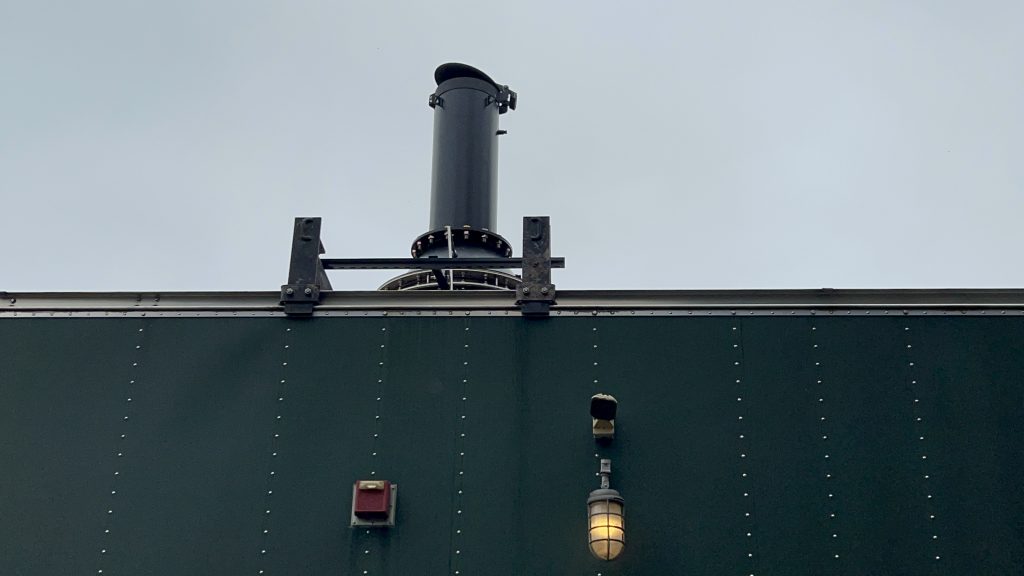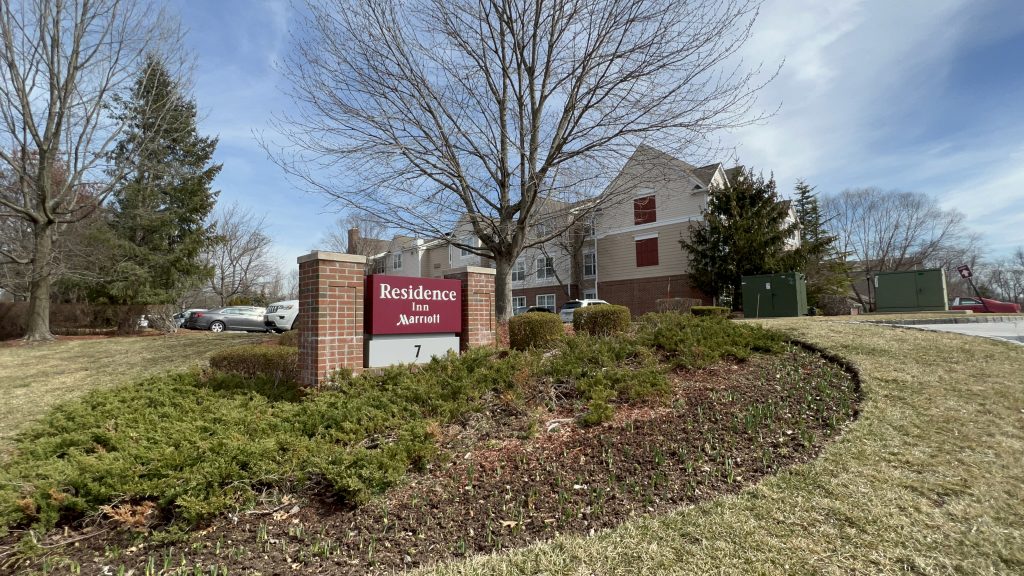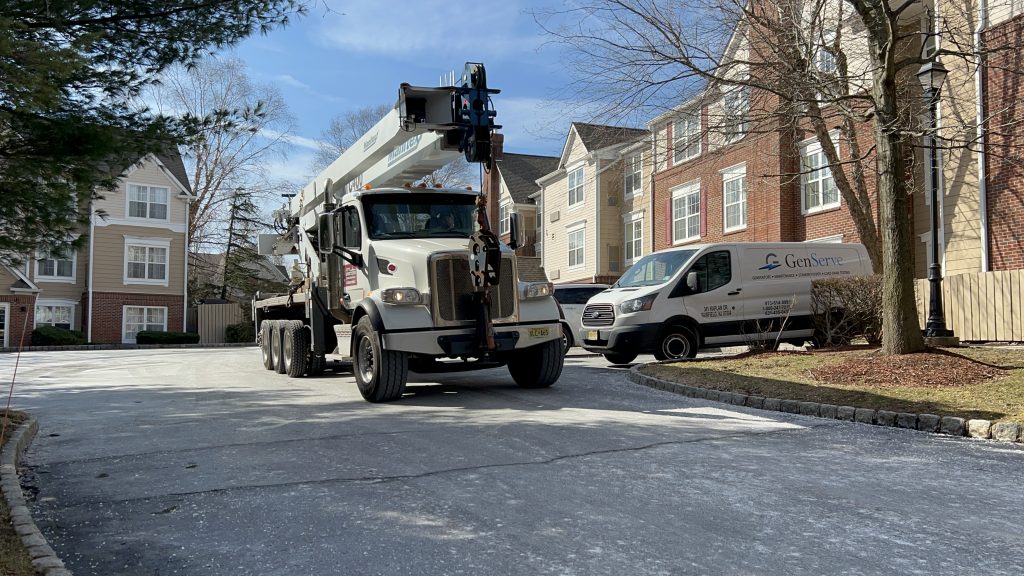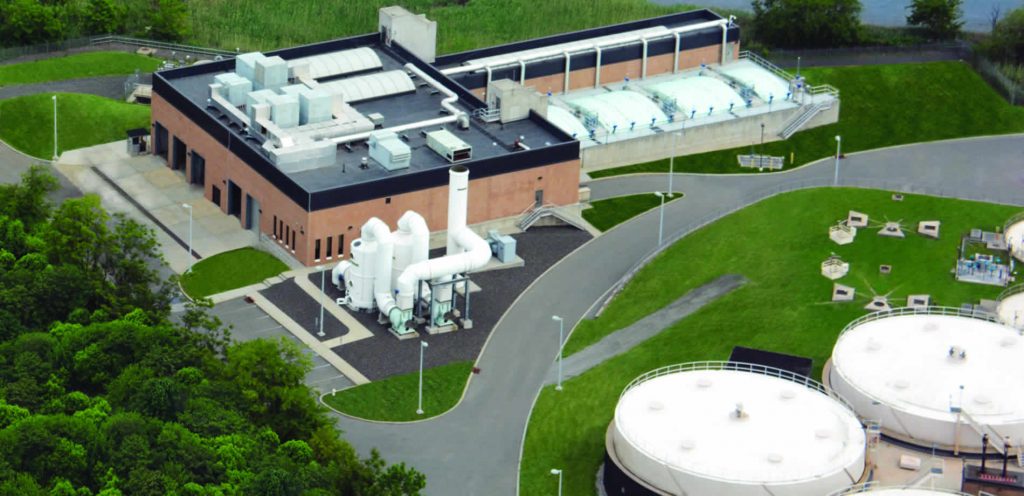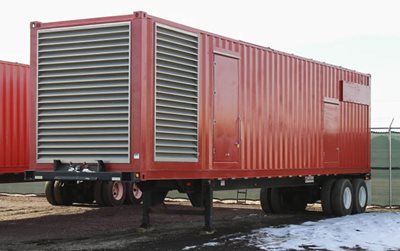Automatic Transfer Switches (ATS) are the single most important piece of equipment other than the generator itself that will cause your emergency power system to fail if it is not in proper working condition or regularly maintained.
This component monitors electricity from the utility power and tells the generator to start when it senses a power grid failure. The ATS will switch a business or facility to generator power during a power outage, and once it detects that utility power has been restored, it will switch back to utility power and signal the generator to stop.
ATS faults are as critical as generator faults and can equally leave a facility in the dark when power loss occurs. There are several reasons for ATS faults and failures, but we will highlight 5 of the most common ones that GenServe technicians see on a regular basis during service calls.
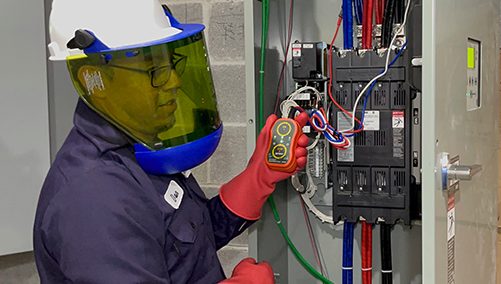

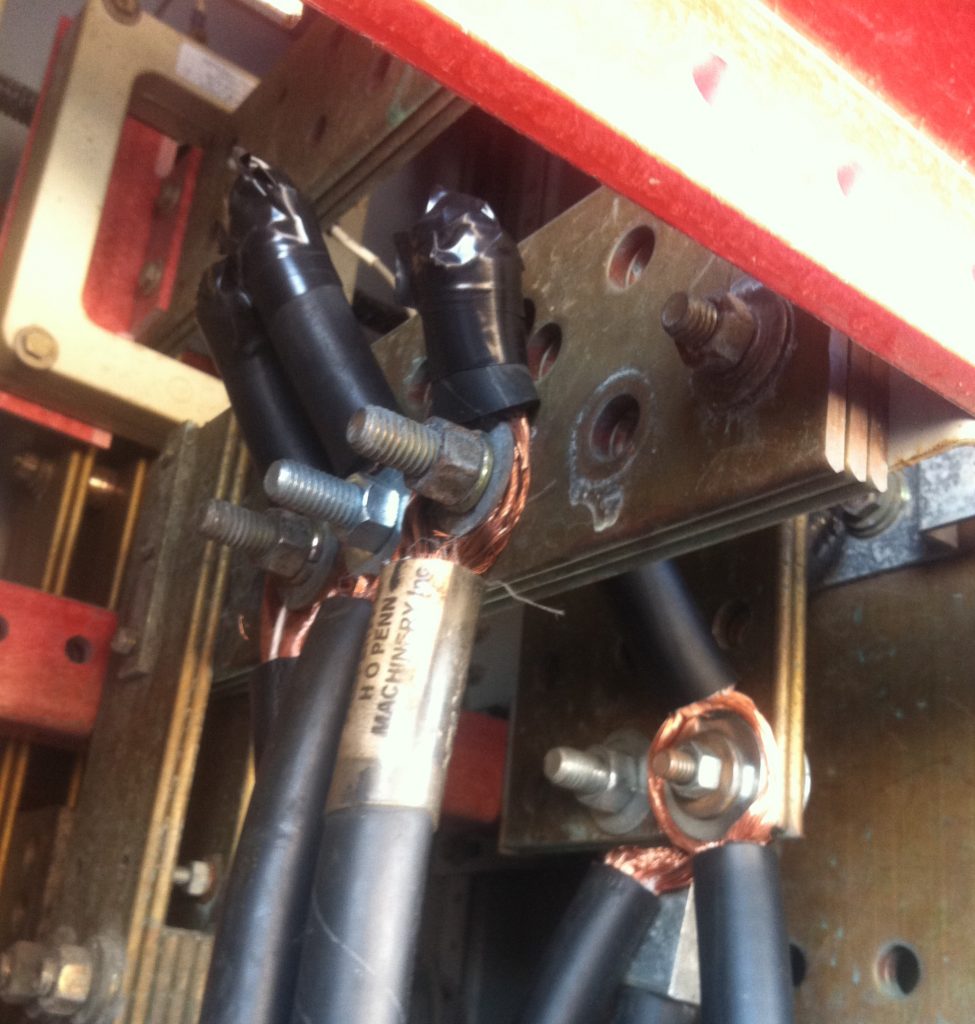
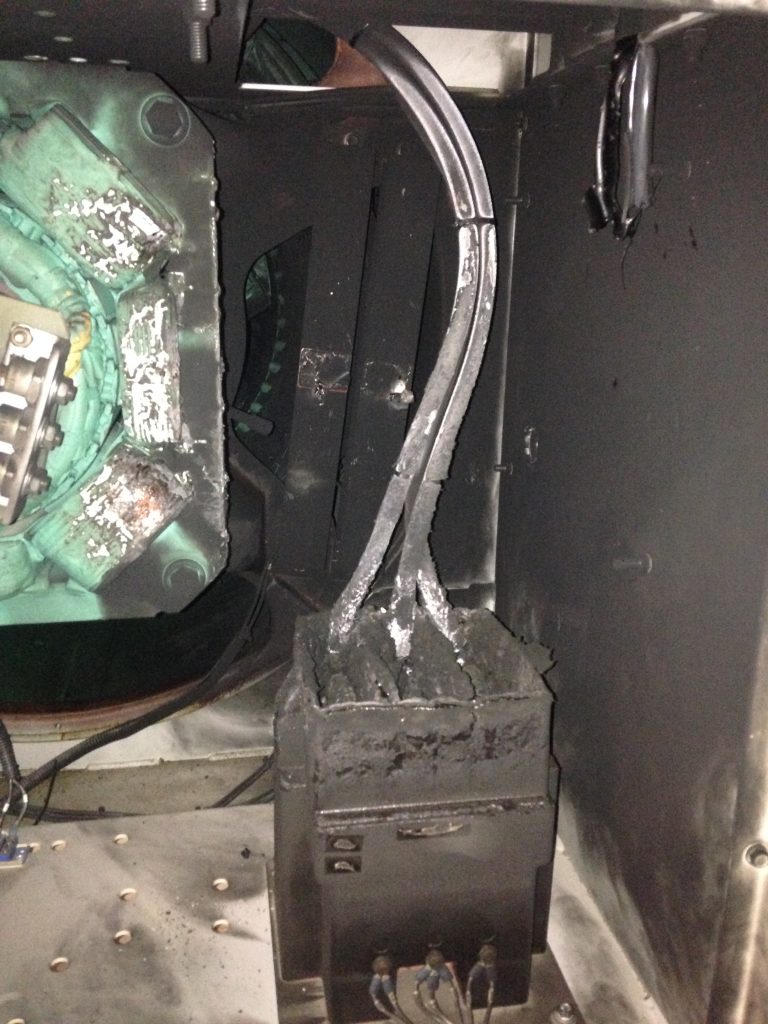
1. Utility Breaker Tripped
One of the most common problems our technicians find when answering service calls, is a tripped breaker. This is one of the first things that should be checked before doing any further testing and diagnosing. A tripped breaker can sometimes occur due to a power surge or an overcurrent.
2. Loose Connections, Corrosion, Accumulation of Dust, Dirt and Leaves
When an ATS is not regularly maintained, it can build up dirt inside from dust, sand, or exposure to the elements. There may be loose connections or corrosion due to regular use, common to electrical devices. When performing regular maintenance, a qualified technician will test the contacts, tighten all wires and connections and clean the dust and debris.
3. Environmental issues like Moisture, Flooding, Water Leaks
Water and moisture inside the ATS is an electric components’ worst enemy! It can shorten out electronics and burn out the controller. Water not only conducts electricity, but over time, it can also cause corrosion and damage connections. It is very important to remember to never work on an ATS without the proper qualifications and the use of protective gear (PPE), especially when dealing with water inside the enclosure.
4. Damaged or Faulty Controller
A damaged or burned controller can fail to communicate with the generator when utility power is lost. Controllers may be expensive to replace or sometimes discontinued due to age. Whether a controller can be reprogrammed or repaired before replacing it, a qualified technician needs to diagnose the problem and possibly repair the issues onsite or place an order for a new replacement or a third-party retrofit.
5. The Generator Continues to Run After Utility Power Has Been Restored
There are two reasons why a generator will continue to operate once utility power has been restored. The most common is that the generator will continue running for 15-20 minutes after utility power is restored due to the normal cool-down period before shutting off.
If the generator continues to operate after 30 minutes, then there may be a problem with the ATS, such as a loose wire or connection, or the wire that tells the transfer switch to transfer power is grounded along the way.
A qualified technician with a volt meter will be able to diagnose the problem and make the necessary repairs while onsite.
What to Do to Make Sure Your ATS is Ready for Emergencies?
First of all, it is critical to understand the dangers of working on a live ATS or even opening an ATS enclosure. Only qualified and certified technicians with proper personal protective equipment (PPE) should handle, service or troubleshoot automatic transfer switches. Working on an ATS without the proper gear and knowledge may result in severe injury or death!
The best way to avoid ATS failure is to schedule regular preventative maintenance service with GenServe or a qualified service provider.
Our expert and qualified technicians will complete a full inspection on your ATS to look for any issues, signs of corrosion, dust buildup or heat marks. They will tighten all connections and vacuum out any debris and manually test all components in conjunction with a live building load test.
Be Prepared!
The ATS is as critical as the backup power generator. Contact GenServe today to schedule regular preventative maintenance.

